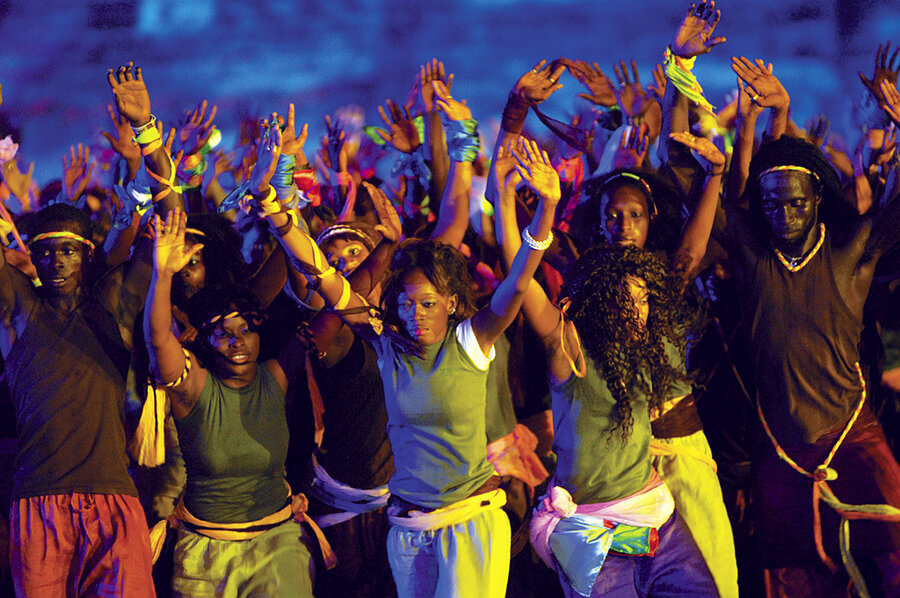Iftikar Ahmed
The World Festival of Black Arts was first celebrated from April 1 to April 24, 1966, in Dakar, Senegal was a groundbreaking event in the history of black cultural expression and identity. Organized by the government of Senegal, led by President Léopold Sédar Senghor, the festival brought together over 2,500 artists and performers from around the world, representing a range of disciplines including music, dance, theatre, literature, and the visual arts. The festival was the first international cultural event of its kind to focus exclusively on black culture and helped to promote a sense of solidarity among black cultural workers around the world.
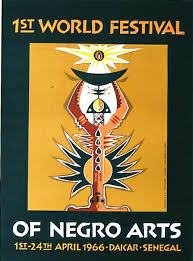
8-10 November 2016, Dakar
Courtesy: africainwords
Since then, the festival has been celebrated periodically, with the most recent edition taking place in November 2010 in Dakar. However, the festival has not been held on a regular basis, and the dates of future celebrations, if any, are uncertain.
Following are the 11 things you should know about The First World Festival of Black Arts:
- The First World Festival of Black Arts was a groundbreaking event that took place in Dakar, Senegal, in April 1966. The festival was a milestone in the history of black cultural expression and a pivotal moment in the global recognition of African and African diasporic culture.
- The festival was organized by the government of Senegal, which was then under the leadership of President Léopold Sédar Senghor. Senghor, a poet and cultural theorist, was a key figure in the Negritude movement, which sought to promote black culture and identity.
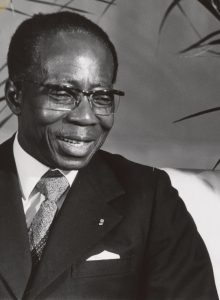
Léopold Sédar Senghor, The First president of Senegal
Cortesy: UNESCO Dominique Roger - The festival brought together over 2,500 artists and performers from around the world, making it one of the largest cultural events of its kind. The participants included writers, musicians, dancers, actors, and visual artists, many of whom were of African or African diasporic descent.
- Among the notable attendees at the festival were Langston Hughes, the acclaimed American poet and writer; Alain Locke, the philosopher and cultural critic who was a leading figure in the Harlem Renaissance; Aimé Césaire, the Martinican poet and playwright; Duke Ellington, the jazz pianist and composer; and Miriam Makeba, the South African singer and activist.
- The festival was organized into three main sections: an academic symposium, a cultural exhibition, and a series of artistic performances. The symposium focused on the role of black culture in the world and included discussions on literature, music, and the visual arts. The cultural exhibition showcased the history and culture of Africa and the African diaspora, with displays of traditional art and artifacts from various countries and regions.
- The artistic performances were a highlight of the festival and featured a diverse range of music, dance, theatre, and film. The performers represented Africa, the Americas, Europe, and the Caribbean, and their performances celebrated the richness and diversity of black cultural expression.
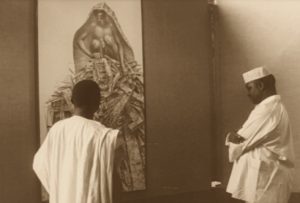
Visitors looking at a Charles White drawing in the exhibition of modern/contemporary art
Courtesy: William Grieves - The festival also included a fashion show, which featured designs from African and African-American fashion designers. This was an important moment for the promotion of African fashion and helped to bring African designers to the attention of the global fashion industry.
- The First World Festival of Black Arts was significant in the history of the Black Arts Movement, a cultural movement that emerged in the United States in the 1960s and sought to promote black cultural pride and identity in the wake of centuries of oppression and colonialism. The festival provided a platform for black artists from around the world to showcase their work and helped to promote a sense of global solidarity among black cultural workers.
- The festival’s legacy can still be seen today in the ongoing promotion and celebration of black art and culture around the world. The festival helped to create a space for black artists to showcase their work and helped to promote a sense of pride and identity among black cultural workers.
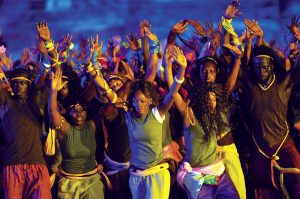
Dancers performed during the opening ceremony of the World Festival of Black Arts in Senegal in 2010
Courtesy: Aliou Mbaye/Panapress/Newscom - The festival also helped to raise the profile of Senegal as a cultural centre and established the country as an important destination for black cultural tourism. Senegal has since become a hub for African cultural production and is home to a number of festivals and cultural events.
- The First World Festival of Black Arts was an important moment in the history of black cultural expression and helped to promote a sense of global solidarity among black cultural workers. The festival remains an important landmark in the ongoing struggle for cultural recognition and representation for people of African descent.


